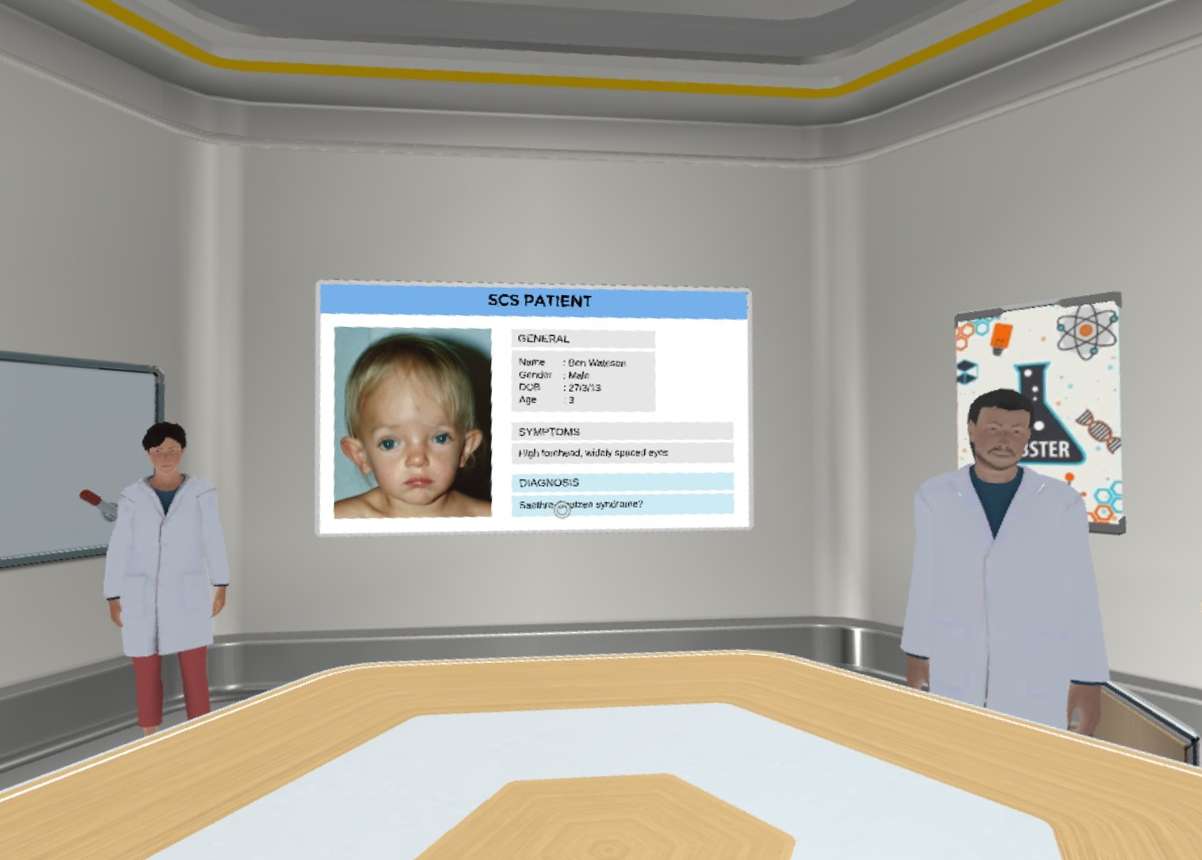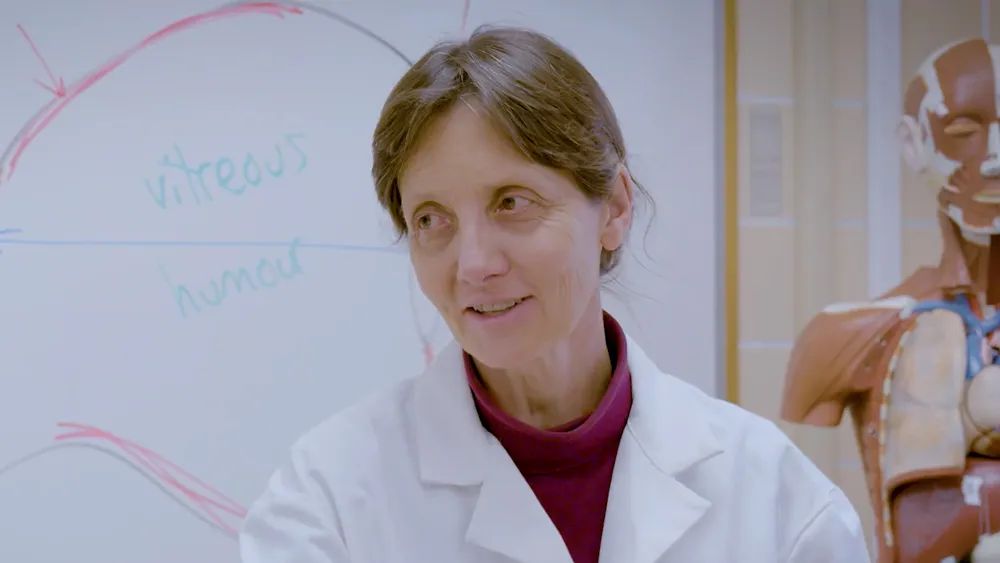Heading 1
Heading 2
Heading 3
Heading 4
Heading 5
Heading 6
Lorem ipsum dolor sit amet, consectetur adipiscing elit, sed do eiusmod tempor incididunt ut labore et dolore magna aliqua. Ut enim ad minim veniam, quis nostrud exercitation ullamco laboris nisi ut aliquip ex ea commodo consequat. Duis aute irure dolor in reprehenderit in voluptate velit esse cillum dolore eu fugiat nulla pariatur.
Block quote
Ordered list
- Item 1
- Item 2
- Item 3
Unordered list
- Item A
- Item B
- Item C
Bold text
Emphasis
Superscript
Subscript
About This Simulation
Help a group of doctors in their search for the genetic cause of a rare disease by performing a genetic screening using C. elegans as the animal model.
Learning Objectives
- Explain the importance of C. elegans as an invertebrate model system in medical research
- Perform a forward genetic screen
- Use sequencing data to discover the genes of interest
About This Simulation
Lab Techniques
- Random mutagenesis
- Genetic screening
- Working with C. elegans
Related Standards
- No direct alignment
- No direct alignment
- No direct alignment
Learn More About This Simulation
A patient with a deformed head is examined at the hospital. He has been diagnosed with Saethre-Chotzen syndrome. In this simulation, you will learn how to use an invertebrate model system to perform a forward genetic screening and find out the cause of this rare disease.
Knowing your model organism
The experiments performed in this simulation are based on C. elegans, an invertebrate model system widely used to investigate genetic diseases. Using the microscope, you will learn about its life cycle and identify the different stages, as well as how to differentiate males from hermaphrodites.
Give a twist to your genetic screening using fluorescence
Despite mutations in the TWIST gene being associated with this rare disease, the doctors could not find any mutation in this gene in the patient. In order to investigate further, you will mutate your sample of C. elegans. They already carry the green fluorescent protein linked to the Twist protein so you can track the individuals carrying mutations under the fluorescence microscope throughout the experiment. You will be able to perform a complete genetic screening in this invertebrate model system in one-tenth of the time you would need in real life!
Discover what mutations are involved in the Saethre-Chotzen syndrome
You will analyze the initial cross progeny from breeding a mutated male worm with hermaphrodites and screen the subsequent F2 and F3 generations. During the process, you will understand the differences between dominant and recessive mutations, and you will be able to explore each plate with the different generations of this invertebrate model system as much as you want!
At the end of the screening, you will be able to discuss which mutations are related to the disease phenotype. Will you be able to find the mutated protein?
For Science Programs Providing a Learning Advantage
Boost STEM Pass Rates
Boost Learning with Fun
75% of students show high engagement and improved grades with Labster
Discover Simulations That Match Your Syllabus
Easily bolster your learning objectives with relevant, interactive content
Place Students in the Shoes of Real Scientists
Practice a lab procedure or visualize theory through narrative-driven scenarios


FAQs
Find answers to frequently asked questions.
Heading 1
Heading 2
Heading 3
Heading 4
Heading 5
Heading 6
Lorem ipsum dolor sit amet, consectetur adipiscing elit, sed do eiusmod tempor incididunt ut labore et dolore magna aliqua. Ut enim ad minim veniam, quis nostrud exercitation ullamco laboris nisi ut aliquip ex ea commodo consequat. Duis aute irure dolor in reprehenderit in voluptate velit esse cillum dolore eu fugiat nulla pariatur.
Block quote
Ordered list
- Item 1
- Item 2
- Item 3
Unordered list
- Item A
- Item B
- Item C
Bold text
Emphasis
Superscript
Subscript
A Labster virtual lab is an interactive, multimedia assignment that students access right from their computers. Many Labster virtual labs prepare students for success in college by introducing foundational knowledge using multimedia visualizations that make it easier to understand complex concepts. Other Labster virtual labs prepare learners for careers in STEM labs by giving them realistic practice on lab techniques and procedures.
Labster’s virtual lab simulations are created by scientists and designed to maximize engagement and interactivity. Unlike watching a video or reading a textbook, Labster virtual labs are interactive. To make progress, students must think critically and solve a real-world problem. We believe that learning by doing makes STEM stick.
Yes, Labster is compatible with all major LMS (Learning Management Systems) including Blackboard, Canvas, D2L, Moodle, and many others. Students can access Labster like any other assignment. If your institution does not choose an LMS integration, students will log into Labster’s Course Manager once they have an account created. Your institution will decide which is the best access method.
Labster is available for purchase by instructors, faculty, and administrators at education institutions. Purchasing our starter package, Labster Explorer, can be done using a credit card if you are located in the USA, Canada, or Mexico. If you are outside of North America or are choosing a higher plan, please speak with a Labster sales representative. Compare plans.
Labster supports a wide range of STEM courses at the high school, college, and university level across fields in biology, chemistry, physics, and health sciences. You can identify topics for your courses by searching our Content Catalog.















